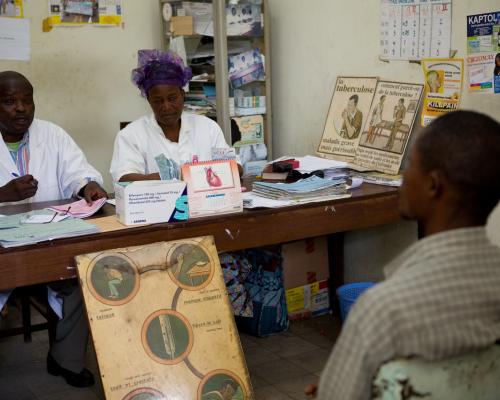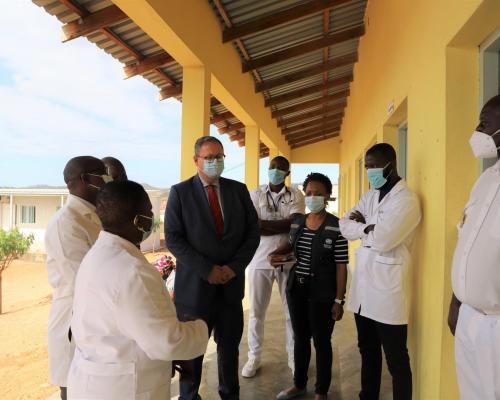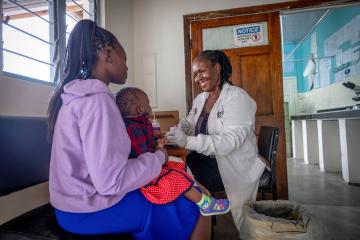Factsheet
Key Facts
- Estimated 1.2 million adolescents died in 2015, over 3000 every day, mostly from preventable or treatable causes.
- Road traffic injuries were the leading cause of death in 2015. Other major causes of adolescent deaths include lower respiratory infections, suicide, diarrhoeal diseases, and drowning.
- Globally, there are 44 births per 1000 to girls aged 15 to 19 per year.
- Half of all mental health disorders in adulthood start by age 14, but most cases are undetected and untreated.
Around 1.2 billion people, or 1 in 6 of the world’s population, are adolescents aged 10 to 19.
Most are healthy, but there is still substantial premature death, illness, and injury among adolescents. Illnesses can hinder their ability to grow and develop to their full potential. Alcohol or tobacco use, lack of physical activity, unprotected sex and/or exposure to violence can jeopardize not only their current health, but also their health as adults, and even the health of their future children.
Promoting healthy behaviours during adolescence, and taking steps to better protect young people from health risks are critical for the prevention of health problems in adulthood, and for countries’ future health and ability to develop and thrive.
In the African region, the leading causes of deaths among young adolescent boys and girls are communicable diseases: diarrheal diseases, HIV/AIDS, lower respiratory tract infections and malaria. Causes of deaths among the older adolescents vary by sex with tuberculosis, inter-personal violence, HIV/AIDS, and diarrheal diseases ranking highest among boys while conditions related to pregnancy and childbirth is the lead cause of death among older adolescent girls, followed by HIV/AIDS, Tuberculosis, and diarrheal diseases.
In 2023, HIV prevalence among adolescents in the African region was estimated at 1.6% and 0.8% among female and male adolescents respectively. There is wide variation in prevalence across sub-regions and countries with highest prevalence being in East and Southern Africa. The ART coverage among adolescents in the region is 56% just slightly below the global average of 57%.
Though death is relatively low among adolescents compared to under-five children, they suffer significant morbidities. Iron deficiency anaemia is the leading of cause of morbidity among young adolescents’ boys and girls. Mental illness ranks highest cause of morbidly among older adolescent boys and girls. Common mental health illness among adolescents includes depressive disorders, childhood behavioural disorders, anxiety disorders and migraine.
Protective factors for adolescent health and wellbeing include health diets; connectedness, positive values and contribution to society; safety and supportive environment; learning competency, education, skills and employability; agency and resilience.
WHO primarily supports members states. It does so in collaboration with other UN Agencies mainly UNAIDS UNFPA, UNICEF, UNESCO UN women, Reginal Economic Communities, Bilateral and Multi-lateral organizations, Civil Society Organization including Organizations of young people.






